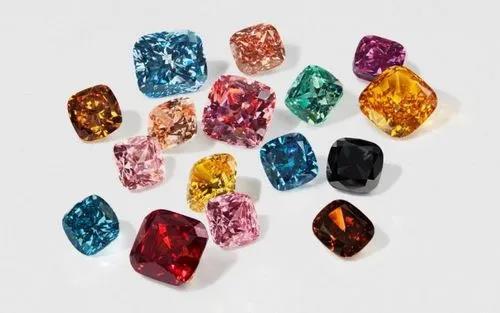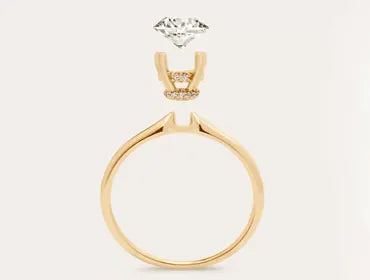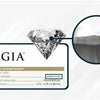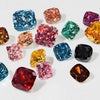How Do Gemologists Identify Lab Grown Diamonds?

First, it has to be understood not all gemologists can identify lab grown diamonds. The most respected gemologist degree in the jewelry industry comes from the Gemological Institute of America’s (GIA) Graduate Gemologist (GG) Degree.
However, just because someone possesses that degree, doesn’t mean they specialize in identifying lab diamonds. They may have had to identify them in their studies, but who knows if they’re a pro at it.
Some local jewelers may have the equipment needed to identify lab created diamonds. Here’s a few ways a gemologist or jeweler can help you identify lab diamonds.
1. Fluorescence
Even if you purchased a lab diamond with no fluorescence, a gemologist can make your diamond fluoresce by using the Diamond View machine at the GIA. The GIA created this machine in order to identify lab grown diamonds.
The Diamond View Machine can help identify lab diamonds by using the fluorescent image of the diamond. The machine makes the diamond glow blue under its UV light.

Lab grown diamonds glow a little brighter than natural diamond fluorescence. HPHT diamonds will glow a brighter blue and CVD diamonds will fluoresce orange.
Keep in mind, not all diamonds fluoresce.
2. Growth Patterns
Using the same fluorescent image from the Diamond View Machine, it creates a scan of the diamond into a computer. Gemologists are able to use the image and detect growth patterns of lab grown diamonds.

You see, lab grown diamonds and earth made diamonds have the same durability and hardness, but their original growth formations are different.
3. Phosphorescence
Diamond phosphorescence is also measured by the GIA’s Diamond View machine. Phosphorescence is the glow left over after the UV light’s been taken out of the picture. It’s more rare, only found in .001% of diamonds.
That’s why there are multiple tests to do-just in case one way doesn’t apply as well.
4. Inclusions
Let me start by saying this isn’t a foolproof method of detecting lab diamonds. If you buy from a clarity grade that doesn’t have any inclusions under magnification like a VVS diamond or higher, they might have a tougher time knowing. After all, that's one of the reasons why VVS diamonds have such a high price.
But if you have an actual diamond grading lab identify it, they have better ways of detecting the smallest blemishes.

Lab grown diamonds are less likely to have as many different inclusions as an earth mined diamond would. A mined diamond is created in the earth, where all types of minerals and impurities seep into the crystal growing process. The diamond crystal simply grows around them.
Synthetic diamonds are isolated in their lab environment, so they’re very limited with what they come in contact with. There are many different types of inclusions, but lab grown diamonds are known for having graining patterns or metallic inclusion made of graphite.
5. Type II Diamond Machine
Not all jewelers or gemologists are going to have this on standby. A Type II diamond machine pretty much does what it says: It detects Type II diamonds.







